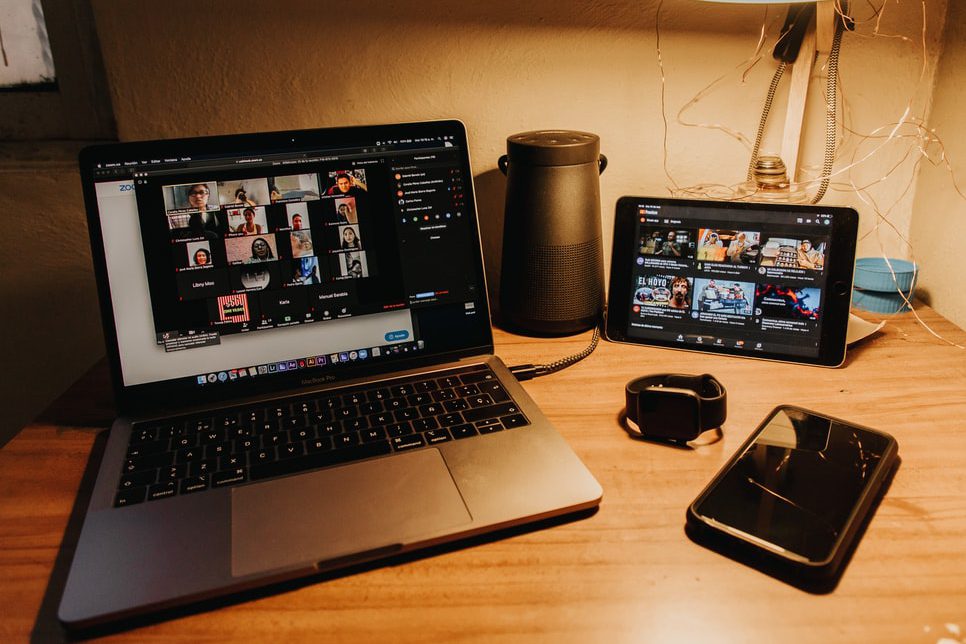The recent outcry against systemic racism prompted many companies to scramble to schedule unconscious bias trainings and other one-off initiatives. While in theory this response was better than continuing to turn a blind eye, the centuries-long oppression of BIPOC in this country will not be resolved with a two-hour workplace training. Now that the urgency of the moment has passed for many people who are not directly impacted by this struggle every day, we cannot simply go back to business as usual.
Building truly inclusive workplaces neither starts nor ends with making people aware of their biases; it requires a continuous effort to educate, support, and empower employees, with particular attention towards uplifting those from historically marginalized backgrounds. Most companies don’t currently have a framework for cultivating inclusion on an ongoing basis. Up until recently, executing on an inclusion strategy wasn’t something businesses paid attention to, and when they did, it was rarely addressed from an empirical standpoint. We know now however, that both diversity and inclusion have far-reaching impacts on business outcomes, making it essential for companies to begin prioritizing them. Read on for some ideas on how to design your inclusion strategy to help your company succeed long into the future.
Recognize that inclusion affects all areas of your business
As the twelve-step saying goes, ‘the first step is admitting you have a problem’. While it’s easy to think that inclusion can just occur organically under the right conditions, the fact is that most people aren’t naturally inclined towards inclusion. Most features of American society, in fact, are oriented around exclusion. Think about how we glorify being invited to ‘exclusive’ clubs and events, or buying luxury items that are in limited supply. The traditional idea of romantic relationships is founded upon exclusivity, and we even see children from very young ages assembling into friend groups frequently to the exclusion of others. We’re not taught to value inclusion, nor trained in how to be inclusive, so why would our workplaces naturally trend towards inclusiveness?
Ironically, while inclusion is not the norm for most people or workplaces, failing to cultivate it can result in deeply negative business outcomes. Exclusion impacts your retention rate, your employer brand, employee productivity and engagement, and more. Recognizing that investing in inclusion will deliver a significant return on investment similar to other business requirements, such as marketing and sales, is a necessary reframe before starting to design an inclusion strategy that can drive measurable impact over the long-term.
Bring in an expert (and pay them!)
Once you’ve shifted your perception to recognize that inclusion is just as important to your business success as other key performance indicators, it’s time to bring in rockstar strategists and executors to help your company succeed just as you would across any other area of the organization. If you were building a new product you wouldn’t hesitate to engage relevant subject matter experts, and the same goes for inclusion. Ideally, it’s advisable to bring on at least one full-time employee to orchestrate your inclusion planning and implementation, but for smaller companies, starting out with a consultant may be your best bet. Do what’s right for you but don’t downplay the need for expertise in this arena.
Moreover, if increasing inclusion is going to improve your bottom line, you shouldn’t hesitate to pay for the expertise you need. Many diversity, equity, inclusion, and belonging professionals have noted in recent months that people have tried to engage them or gain access to their resources for free. There are few other industries that see such egregious disrespect of their time and experience, so treat inclusion specialists the same as you would treat any other consultant or new hire. Give them the tools to succeed, trust their knowledge and ability, and pay them for their work.
Stay on it
Building inclusion is not something that can be checked off a to-do list or crossed off on your roadmap. Similar to any skill, it requires ongoing practice and commitment to be successful. Everyone in your organization must strive to practice inclusion at all times, on every project, and with every colleague. In order to root out the insidious processes that preclude equity in our workplaces, inclusion must be made a company value and be infused throughout all aspects of the day-to-day operations.
At Workrowd, we’ve been working hard to walk the talk from day one, and we still regularly step back to take inventory and improve our processes to be more inclusive. If we can help you on your journey, don’t hesitate to reach out. We strive to make the process of building inclusion easier and more data-driven, and we’d love to have you join the movement. You can always reach us at hello@workrowd.com.











